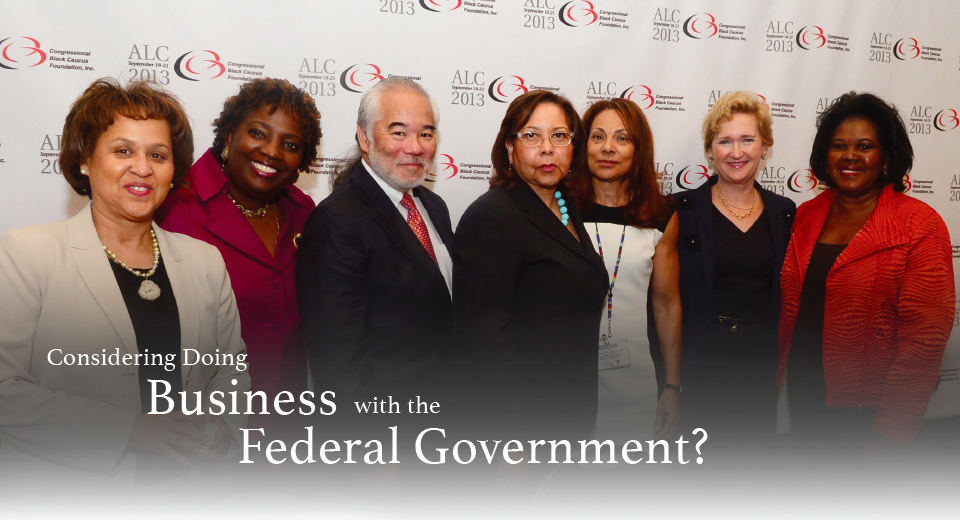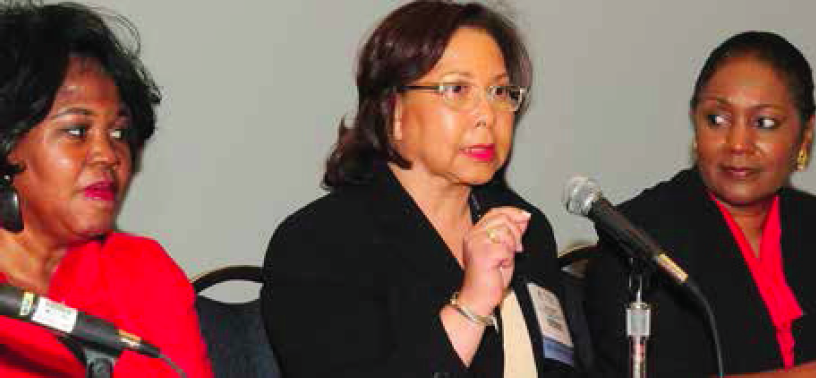
Here is an opportunity for advice from Joyce Cofield, Ex-ecutive Director of the Office of the Comptroller of the Currency’s Office of Minority and Women Inclusion.
Joyce, what is the Office of the Comptroller of the Currency?
The Office of the Comptroller of the Currency [OCC] is the federal agency that charters, regulates, and supervises national banks and federal savings associations. The OCC’s mission is to ensure that these institutions operate in a safe and sound manner, provide fair access to financial services, treat customers fairly, and comply with applicable laws and regulations.
And what’s the Office of Minority and Women Inclusion?
The Office of Minority and Women Inclusion [OMWI] is a division within each of the financial services regulatory agen-cies [the Board of Governors of the Federal Reserve System, Consumer Financial Protection Bureau, Department of the Treasury, Federal Deposit Insurance Corporation, Federal Housing Finance Agency, National Credit Union Admin-istration, OCC, and Securities and Exchange Commission]. The OMWIs are responsible for increasing the participation of minority- and women-owned businesses in the agencies’ programs and contracts, among other diversity and inclusion objectives. The OMWIs also coordinate technical assistance to minority- and women-owned businesses.
What’s the difference between the OMWI program and the small business program?
When the OCC’s OMWI program was formed five years ago, the OCC already had a robust small business program. The OMWI program has leveraged the agency’s small busi-ness program and also worked to create the foundation for a broader supplier diversity program that applies to minori-ty- and women-owned businesses of all sizes. In addition, the OMWI program is committed to providing technical assistance, including attending national conferences, par-ticipating in matchmaking, and hosting internal events for minority- and women-owned businesses.

From a contracting perspective, what successes have you seen with the OCC OMWI program since it started five years ago?
On an annual basis, the OCC pays contractors about $150 million. Last year, the OCC’s payments to minority-owned businesses were approximately $45 million, representing over 31 percent of the OCC’s total contractor payments, and the OCC’s payments to women-owned businesses were over $15 million, representing nearly 11 percent of the OCC’s total contractor payments. We are proud that, comparing last year’s percentage of payments to women-owned businesses with the previous year, payments to women-owned business-es increased by almost 29 percent. We are also proud of the OCC’s technical assistance and outreach program and the opportunities to help minority- and women-owned businesses learn more about contracting with the federal government.
What recommendations do you have for women-owned businesses considering contracting with the federal government?
It may sound like a cliché, but do your homework and know what the agency buys and how. For historic information, there is a wealth of publically available in-formation that lists with whom and how much agencies spend. For prospective information, in mid-October each year, many agencies including the OCC post forecasts of what the agencies intend to purchase during the coming year. These forecasts are very specific and provide a list of what the agencies intend to purchase—it is much easier to fill an identified need than to try to convince an agency to make an unplanned purchase! Another great resource is the list of existing contracts with incumbent prime contractors, which is also published on agency websites annually. The existing contracts with incumbent primes list is a great resource for women-owned businesses that are considering subcontracting or teaming arrange-ments, which are an excellent way for businesses to enter federal contracting.

 Login
Login
